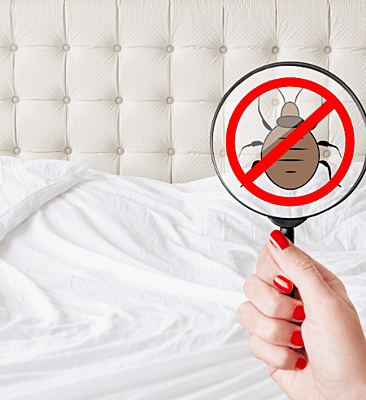Repairing and restoring antique furniture that has been damaged by pests is a meticulous process that requires expertise and patience. Here's a general breakdown of how professionals may approach it:
1. Inspection: The first step is to methodically inspect the furniture piece. This will help identify the extent of the pest damage. Common pests that damage antique furniture include termites, woodworms, beetles, and other wood-boring insects.
2. Pest Eradication: The next step is to eliminate the existing pests. This is often done using specially designed pest control products. In extreme cases, the furniture may need to be tented and fumigated.
3. Cleaning: Once the pests have been eradicated, the furniture is thoroughly cleaned. This helps to remove pest waste and other residue that could lead to further damage.
4. Repair: This process includes filling in holes, re-gluing loose joints, and repairing any broken or damaged parts. If the damage is minimal, a wood filler may be enough to patch up the holes. However, if the damage is extensive, then parts of the furniture may need to be replaced. Special attention is given to maintaining the original appearance and integrity of the furniture.
5. Restoration: Depending on the extent of the damage, restoration may involve reapplying a finish to the furniture. This could be staining, painting, varnishing, or other finishing methods. The aim is to restore the furniture's original appearance or achieve a desired look.
6. Polishing: Once the furniture is repaired and restored, it is polished. This adds a shine and helps protect the furniture from future damage.
7. Preventive Measures: After restoration, the furniture is often treated with protective sprays or solutions that deter pests, preventing future infestations.
Remember, the process can be different based on the type of wood, the extent of the damage, and the type of pest involved. It is always advisable to consult an expert when dealing with antique furniture, as inappropriate handling might lead to more damage. If done correctly, the end result can be beautifully restored antique furniture, free of pests and ready to last for many more years.

